Specimens
700
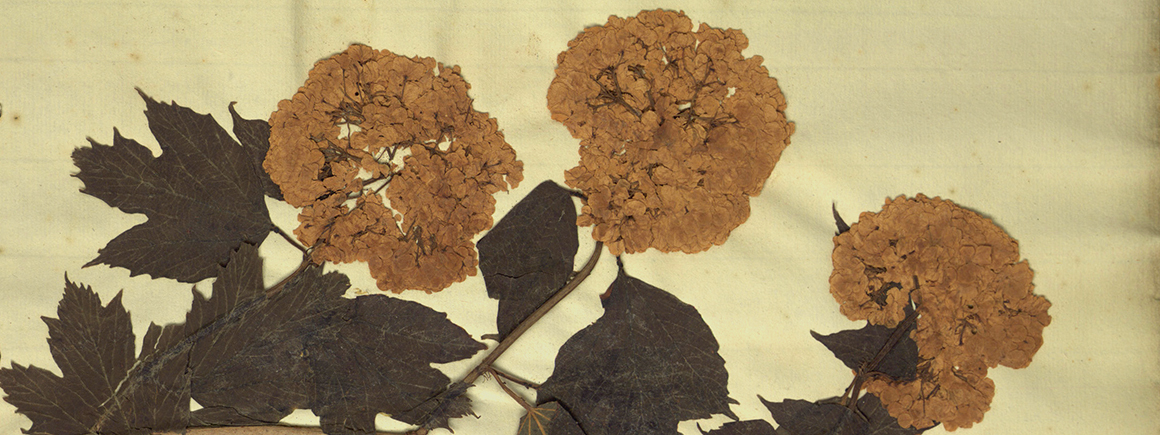
John Clayton's guelder rose (Viburnum opulus) specimen was cited by Linnaeus in his 1753 description of the species
John Clayton (1694-1773) was a notable early collector of plant specimens in North America. From 1720 until his death, he was Clerk to the Court of Gloucester County in Virginia, where he collected extensively.
700
Although Clayton published almost nothing himself, his specimens reached Europe in the 1730s and became the basis for descriptions of new species published by the Dutch botanist Johan Gronovius (1690-1762). In addition, Clayton’s specimens were studied by the Swedish systematist Carl Linnaeus (1707-1778) and they therefore have considerable importance in fixing the application of early scientific (binomial) names of North American plant species.

One of Clayton's specimens of spring beauty, the species that Gronovius named 'Claytonia' in his honour in 1739. Linnaeus subsequently adopted this generic name and gave it the binomial name Claytonia virginica.
John Clayton was born in 1694 in Fulham, Middlesex. In 1715 he emigrated to Virginia joining his father, John Clayton senior, who became Attorney General for the colony between 1713 and 1737.
John Clayton junior was educated in law and, in 1720, took up a post as Clerk to the County Court of Gloucester County that he was to hold until he was seventy-nine.
Soon after taking up the post he married Elizabeth Whiting and they moved into their new residence close to the Pianketank River. Records show they also owned a sizeable garden and plantation, though the precise whereabouts remain uncertain. John and Elizabeth had eight children: five boys, the eldest called John, and three girls.
Clayton's interest in natural history probably stemmed from his friendship with Mark Catesby (1682-1749), the English artist and naturalist, who had arrived in Virginia in 1712. Following Catesby’s return to England in 1719, he and Clayton maintained a long correspondence.
Other notable botanists who were friends of Clayton included Peter Collinson (1694-1768), a London mercer with business interests in North America. Collinson encouraged Clayton to collect mosses and other non-flowering plants, and also introduced him to his protégé in Philadelphia, John Bartram (1699-1777), who was later (in 1765) to be appointed the King's botanist.
In the 1730s, Clayton sent Mark Catesby many dried plant specimens, along with a manuscript describing the plants of Virginia. Catesby in turn passed the specimens and the manuscript on to the Dutch botanist Johan Gronovius (1690-1762), and encouraged Clayton to continue sending specimens to Europe. Without Clayton's knowledge (though with due acknowledgement of his role), Gronovius prepared and published Flora Virginica (1739-1743), based on Clayton's manuscript and his specimens.
Clayton, disappointed that his collecting efforts were not more widely recognised, decided around 1760 to prepare his own account of the plants of Virginia. However, the publication of a second edition of Gronovius's Flora in 1762 led Collinson to advise Clayton to search for a publisher in America, but none was found and any hope of the book’s publication died with Clayton in 1773.
While they were in Gronovius’ possession in the Netherlands, Clayton's specimens were also studied by the visiting Swedish biologist Carolus Linnaeus (1707-1778). They were at that time among the first North American specimens that Linnaeus had seen and there were many new and unfamiliar species among them.
Linnaeus obtained a small number of duplicate specimens from Gronovius and Peter Collinson and these are now housed within the Linnaean Herbarium at the Linnean Society of London.
When, in his monumental Species Plantarum (1753), Linnaeus introduced the consistent use of binomial nomenclature, his knowledge of North American species was based heavily on Clayton's specimens. Among them was spring beauty, the species to which Gronovius had given the generic name Claytonia in Clayton’s honour, and which Linnaeus adopted.
Many of Clayton's specimens are type specimens of Linnaean binomial names. More specific information about them can be found via the Linnaean Plant Name Typification Project.
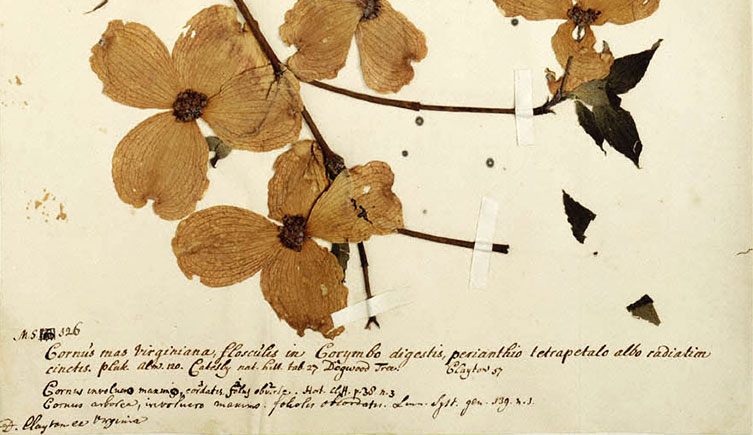
One of Clayton's specimens of the flowering dogwood, Cornus florida
Clayton's specimens were brought to England by the Earl of Bute who purchased them for £90 in 1778. He in turn sold them in 1794 to Sir Joseph Banks (1743-1820) as part of whose collections they were incorporated within those of the British Museum, and subsequently transferred, in 1881, to what is now the Natural History Museum.
The approximately 700 specimens were for many years incorporated within the main collections but, in 1990, as part of a study of 18th-Century collections from the United States, the American botanists James Reveal (1941-2015) and Norlyn Bodkin (1937-2014) searched for and extracted all of the Clayton specimens that they could trace, and this material is now maintained as a separate collection. This also created the opportunity for the Natural History Museum to make digital images of the specimens available.
The following notes on the database may be helpful:
Where a Clayton number is indicated but no specimen image is provided, this means that a specimen with this number was cited by Gronovius in his Flora Virginica account but that the specimen has not been located.
The absence of a Flora Virginica polynomial from the database does not necessarily mean that no polynomial is written on the sheet. Some polynomials that do appear in the database are those of Linnaeus or other authors, rather than of Gronovius. Consequently, searching on this field may lead to unpredictable results.
Not all of the sheets carry determinavit slips. Where the database indicates the identity of the specimen but no authority for the identification, the name is that under which the specimen was filed in the general collection. This is for guidance only; no attempt has been made to verify such identifications.
For some determinations no relevant authority for the binomial has been traced, but these binomials are included, especially where no other annotation is present on the sheet.
Some specimens carry dual Clayton numbers (often mirroring what is cited in the corresponding Flora Virginica account) and in such cases a duplicate entry can be found for each.
Similarly, where the cited Clayton number in Flora Virginica does not match that found on the sheet, dual entries appear in the database.
Where a current name is listed for a given specimen, this reflects the current name of the Linnaean binomial with which the Flora Virginica entry is associated (ie it is not based on an assessment of the identity of the Clayton specimen itself).
Consequently, unless the corresponding Clayton specimen has been designated as the lectotype of the Linnaean binomial, it should not be assumed that this is also the taxonomic identity of the Clayton material.
Information on previous determinations has been included in the database as an aid both to ascertaining the possible identity of the specimens and to locating particular specimens within the database. This may aid the searching process, especially for Clayton specimens which have no link to a Linnaean binomial.
For some specimens, no relevant reference in Gronovius's Flora Virginica has been traced. In these cases either the phrase name on the sheet cannot be traced or the sheet bears no such phrase name.
In many cases, determinavit slips indicate specimens may be original material or types for Linnaean names. Please consult the Linnaean Plant Name Typification Project website for information on the nomenclatural status of such names.
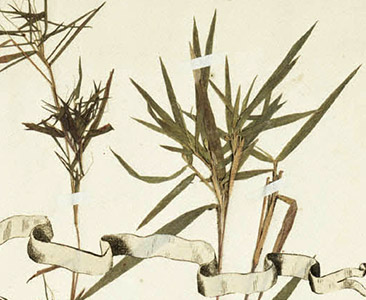
The John Clayton specimens have been digitised and can be accessed via the Museum's Data Portal.

We are grateful to the Royal Commission for the Exhibition of 1851 and The Mercers' Company for their generous financial support in developing and completing the digitizing for this project, along with St Thomas' Network, Dudley for both their technical support and providing volunteer help. Research grant support from the National Science Foundation, the Leverhulme Trust and the Linnean Society of London has also been greatly appreciated.
The enthusiasm and scientific assistance of the late James Reveal (University of Maryland) was instrumental in bringing this project to completion and, along with the late Norlyn Bodkin (James Madison University), he searched for and extracted the Clayton specimens from the main collection, an essential precursor to the research necessary for the project to proceed. Fred Barrie (Missouri Botanical Garden) and Nick Turland (Free University of Berlin) also contributed extensively via their work on the Linnaean Plant Name Typification Project.
The collection has been digitised
If you would like to use any specimens for research, please get in touch.
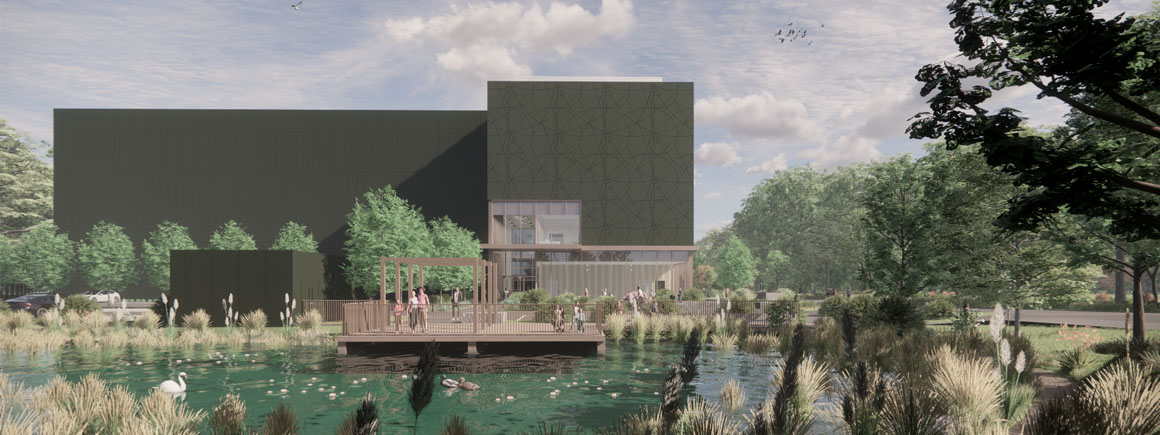
Access to some collections will be affected as we prepare for the move to our new collections, science and digitisation centre.
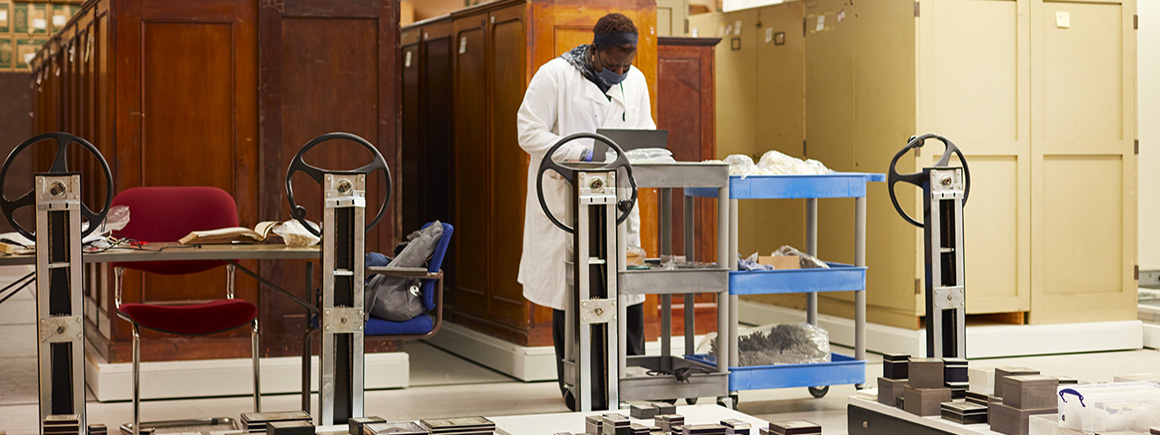
Scientists and collections management specialists can visit the collections and borrow specimens for research.
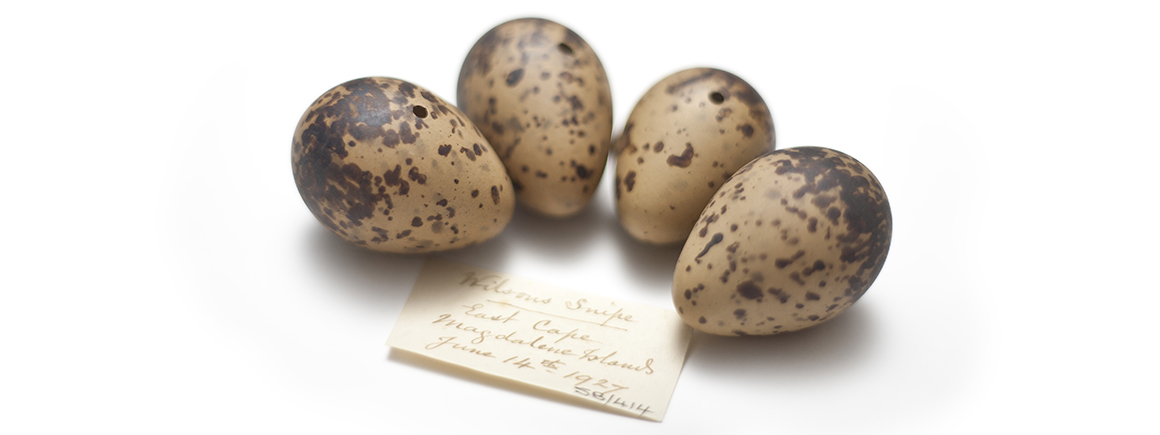
Our duty is to provide a safe and secure environment for all of our collections.